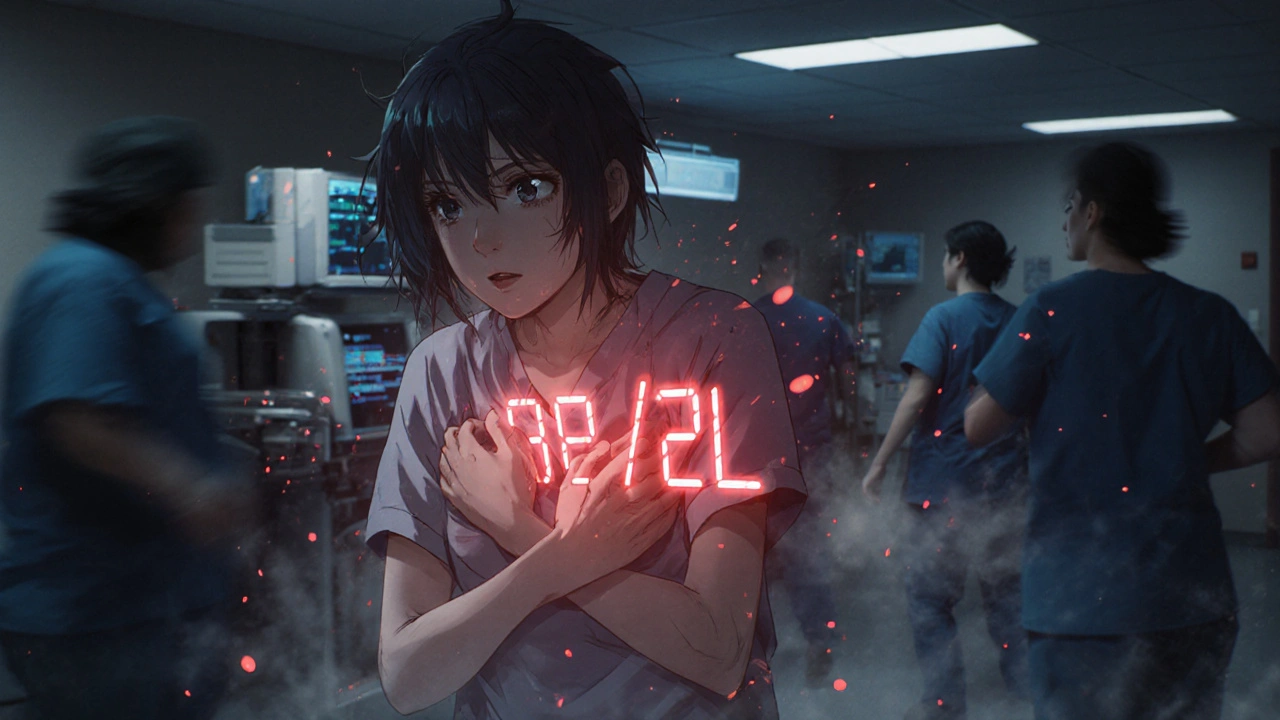

When clozapine, a powerful antipsychotic medication used for severe schizophrenia that hasn't responded to other treatments is prescribed, it’s not because it’s easy—it’s because it works when nothing else does. But that power comes with serious responsibilities. Clozapine is one of the few psychiatric drugs that requires regular blood tests just to keep taking it. Why? Because it can cause a dangerous drop in white blood cells, a condition called agranulocytosis, a life-threatening drop in infection-fighting white blood cells. This isn’t a rare guess—it’s a real, documented risk that happens in about 1% of users, which is why doctors track your blood counts every week at first, then every few weeks after that.
It’s not just your blood that clozapine affects. Many people get dry mouth, constipation, or drowsiness so strong they can’t drive. Weight gain is common, and some end up with metabolic issues like high blood sugar or cholesterol. Then there’s the risk of seizures, especially at higher doses. And while it’s less likely to cause the stiff muscles or shaking you see with older antipsychotics, it can still lead to a rare but dangerous condition called myocarditis, inflammation of the heart muscle that can show up in the first few months of treatment. That’s why doctors check your heart early on with EKGs and blood markers. You won’t feel these problems right away, which is why staying on schedule with lab work isn’t optional—it’s your safety net.
People often wonder why anyone would take clozapine if it’s this risky. The answer is simple: for some, it’s the only thing that silences the voices, calms the paranoia, or brings back the ability to hold a job or talk to family. If you’ve tried five or six other antipsychotics and nothing stuck, clozapine might be your best shot. But it’s not a first-line drug for a reason. It’s a last-resort tool, used only when the risks of not treating your illness outweigh the risks of the medicine itself. The people who benefit most are those who stick to the monitoring schedule, report changes early, and don’t skip blood draws—even when they feel fine.
Below, you’ll find real-world stories and data from patients and doctors who’ve walked this path. You’ll learn what side effects show up early, which ones need emergency care, and how to tell the difference between normal adjustments and something dangerous. This isn’t theoretical. These are the details that keep people alive and functioning on clozapine.

Medication-induced agranulocytosis is a dangerous drop in white blood cells that can lead to life-threatening infections. Learn which drugs cause it, how to spot early signs, and why timely monitoring saves lives.